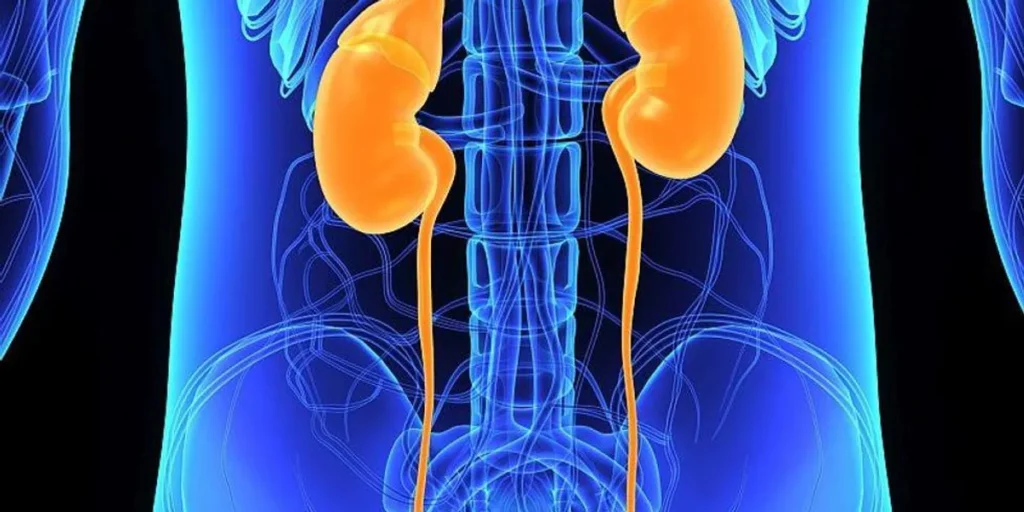Home
Nephritic vs. Nephrotic Syndrome
The signs and symptoms of nephritic and nephrotic syndrome are fairly similar, which is why it is quite difficult for affected individuals as well as healthcare professionals to correctly identify the ailment in the absence of medical/laboratory tests. Additionally, it is also imperative to mention that these renal syndromes present similar physical findings but are caused by different pathophysiological factors such as viruses, bacteria and other catastrophic stimuli.
These syndromes are characterized by a dysfunction of normal kidney activities, hence the symptoms usually overlap. On a superficial level, it is safe to say that nephritic syndrome is characterized by a loss of blood in the urine from the damaged renal epithelia, whereas in nephrotic syndrome, loss of proteins is very common in the urine analysis.

Nephritic vs.Nephrotic Syndrome: Symptoms
Symptoms of Nephrotic Syndrome
Immense proteinuria is usually a common finding in the nephrotic syndrome. It is pretty easy to remember because nephrotic and protein both contains the alphabet “o” in the spellings. This immense proteinuria may also cause hypoalbuminemia, in which patientstarts pee out albumin. This leads to significant edema (the swelling of the body) since albumin is the main driving force that keeps the fluid locked in the blood vessels. The pathophysiology of edema involves changes in the blood pressure and circulatory forces that leads to leakage of fluid within the tissue spaces. In addition, the shift in fluid forces also creates a state of hyperlipidemia within the body. When it comes to nephritic vs. nephrotic syndrome, it is often confusing. But remember it this way: the nephrotic syndrome is much more dangerous than the nephritic syndrome, so better keep yourself away from it and take it as an “OH sh*t” syndrome! This is how you’ll remember the “O” in it.
Symptoms of Nephritic Syndrome
The severity of proteinuria and edema is far less in the nephritic syndrome, compared to the nephrotic syndrome. The pathophysiology revolves round the onset of lesions that may increase the cellularity of glomerular membrane (along with leukocytic infiltration). The changing glomerular architecture further aggravates the ongoing inflammation to cause capillary damage, and this leads to extravasation of red blood cells (RBC) in the urine. Hemodynamic changes also take place, which may result in decreased rate of glomerular filtration. In nephritic syndrome, the risk of hypertension is also fairly high due to fluid preservation and the increased amount of renin released from ischemic kidneys (as a result of hypo-perfusion or low blood flow to kidney tissue because of blood leakage).
Depending upon the duration of symptoms, there are acute and chronic forms of the syndrome. As mentioned previously, the nephritic syndrome ischaracterized by haematuria (which is absent in nephrotic syndrome) as well asuraemia, hypertension, proteinuria and oliguria. The hallmark features of nephritic syndrome are RBC casts and hypertension. RBC casts causes onset of smoky colored urine (which may also appear red sometimes, depending upon the rate of extravasation of red blood cells).
Nephritic vs.Nephrotic Syndrome: Associated Diseases
Diseases Associated with the Nephrotic Syndrome
Nephrotic syndrome involves a combination of some symptoms rather than a full-blown state of disease or illness. However, the syndrome is always associated with certain kidney conditions and can therefore be used as the basis for differential diagnosis.
Based on histological appearances, the major causes for nephrotic syndrome fall into three categories, namely, minimal change disease, focal segmental glomerulosclerosis and membranous nephropathy. These three causes are, in turn, usually associated with other pathological conditions:
- Minimal Change Disease (MCD): Drugs, Malignancy (particularly hematologic malignancies, such as Hodgkin’s lymphoma).
- Focal Segmental Glomerulosclerosis: HIV, Obesity, Diabetes, Hypertensive Nephrosclerosis.
- Membranous Nephropathy (MN): Hepatitis B, Systemic Lupus Erythematosus, Diabetes, Sarcoidosis, Syphilis and Malignancy.

Diseases Associated with Nephritic Syndrome
As mentioned above, a syndrome is only a set of symptoms rather than a disease per se. Nonetheless, the kidney conditions associated with nephritic syndromeare much different from those associated with nephrotic syndrome, thus allowing us to have a better starting point for further diagnoses.
The diseases usually associated with nephritic syndrome are:
- Post Streptococcal Glomerulonephritis: usually occurs weeks after upper respiratory tract infection (URTI).
- Rapidly Progressive Glomerulonephritis (RPGN): also known as crescentic glomerulonephritis, characterized by rapid loss of kidney function.
- IgA Nephropathy: usually occurs 1-2 days after URTI.
- Henoch-Schoenlein Purpura (HSP): characterized by the deposition of IgA in skin and kidneys.
- Membranoproliferative Glomerulonephritis (MPGN): also known as mesangiocapillary glomerulonephritis, the main Hepatitis C associated nephropathy.
These syndrome may overlap or co-exist (especially if the pathological process or disease is uncontrolled), in which case, mostly nephrotic syndrome precedes nephritic syndrome.
Regarding the question of nephritic vs. nephrotic syndrome, it is important to point out that several of the above pathological conditions might have symptoms that most often appear in nephrotic syndrome. For example, one of the major features of RPGN is proteinuria exceeding 3 g/day, which falls within the range that is usually associated with proteinuria in nephrotic syndrome.
In a more general sense, overlapping of symptoms in these two syndromes is also due to the fact that nephritic syndrome may be preceded by nephrotic syndrome. The opposite, though, would rarely happen.
